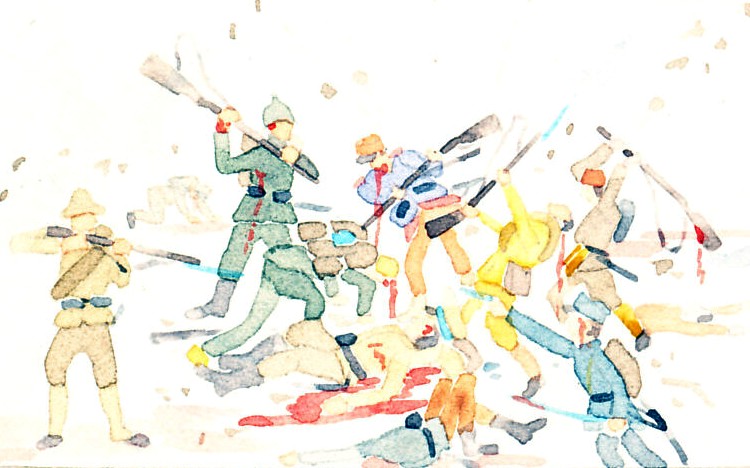Embossed postcard of the flag and coins of Persia, with both nominal exchange rates and approximate trade values for major currencies including those of Germany, France, Great Britain, Austria Hungary, the Scandinavian Monetary Union, Russia, the Netherlands, and the United States.

Münzenkarte mit Nationalflagge
Persia
1 Toman à 10 Kran à 20 Schahi à 50 Deinars.
Der Deinar ist Rechnungseinheit.
Kurswert der Goldmünzen in Kran Silber
1 Toman to 10 Kran to 20 Schahi to 50 Deinars.
Coin card with national flag
The Deinar is the unit of account.
Market value of gold coins in silver Kran
Kurswert der Goldmünzen - Market value of gold coins
Andere Wertbezeichnungen - Other value designations
Reverse:
Postkarte. Carte postale. Correspondenzkarte. Cartolina postale. Postcard. Levelazö-lap. Briefkaart. Weltpostverein. Union postale universelle. (Universal Postal Union)
Other views:
Larger
